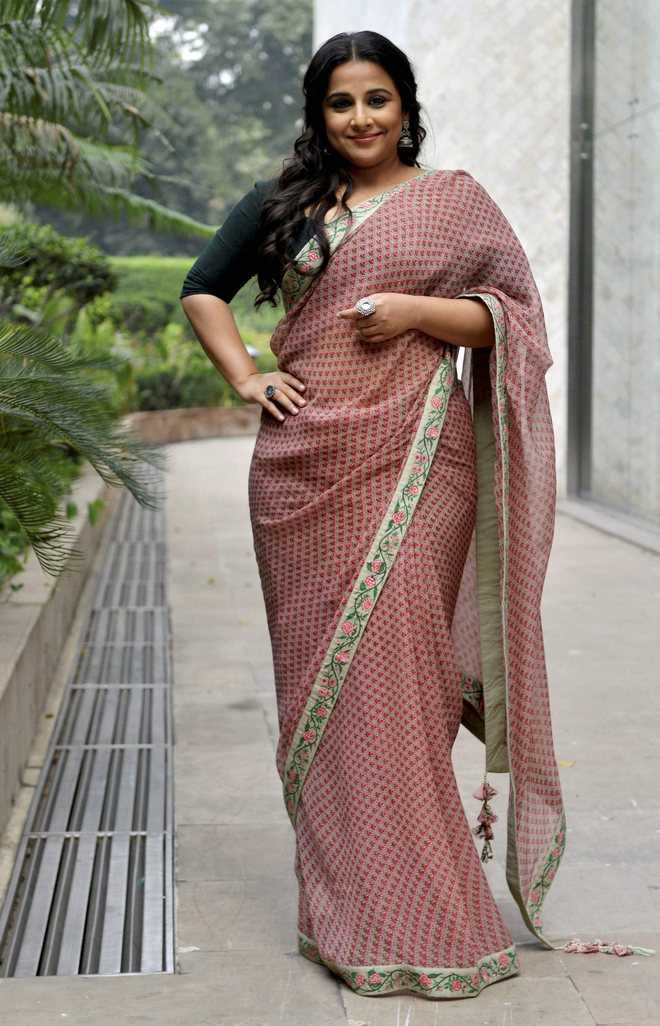One of India’s top fashion designers Sabyasachi Mukherjee criticised women of his country, particularly of the younger generation, for not wearing saree and giving preference to western outfits.
“I think, if you tell me that you do not know how to wear a saree, I would say shame on you. It’s a part of your culture, (you) need stand up for it,” Sabyasachi told Indian students at the Harvard India Conference.
His remarks were received with a resounding applause from the audience. The designer was responding to a question on difficulties women face in draping a saree.
The garment, he said, is the most wonderful dress in the world and people across the globe admire it, and identify Indian women with it. Sabyasachi referred to his recent conversation with Deepika Padukone, saying the Padmaavat actor, in her own way, is creating disruption in fashion.
“She wears saree at all the places she goes,” he told the participants here. When asked why he decided to launch a label of Indian clothing, Sabyasachi said he found a “major disconnect” when he observed Indian women and men losing touch with their roots.
They are becoming “socially insecure”, he rued. “Women and men are trying very hard to be something that they are not. Your clothing should be a part of who you are and connect you to your roots,” he added.
The relationship between an Indian woman and saree is that of a serpent, the designer said. “It’s a relationship of misunderstanding. It’s easy to wear a saree. Wars have been fought in saree. Grandmothers have slept in saree and have women up without any folds to it,” Sabyasachi added. “Indian women have kept alive the saree, but the dhoti is dead,” the designer said much to the laughter and applause from the audience. “I would be very honest with you. I think that cultural clothing should stay within the domain of a particular country, because when you take it out, it becomes a costume and then it does not remain sustainable,” the designer said. —PTI
Unlock Exclusive Insights with The Tribune Premium
Take your experience further with Premium access.
Thought-provoking Opinions, Expert Analysis, In-depth Insights and other Member Only Benefits
Already a Member? Sign In Now










